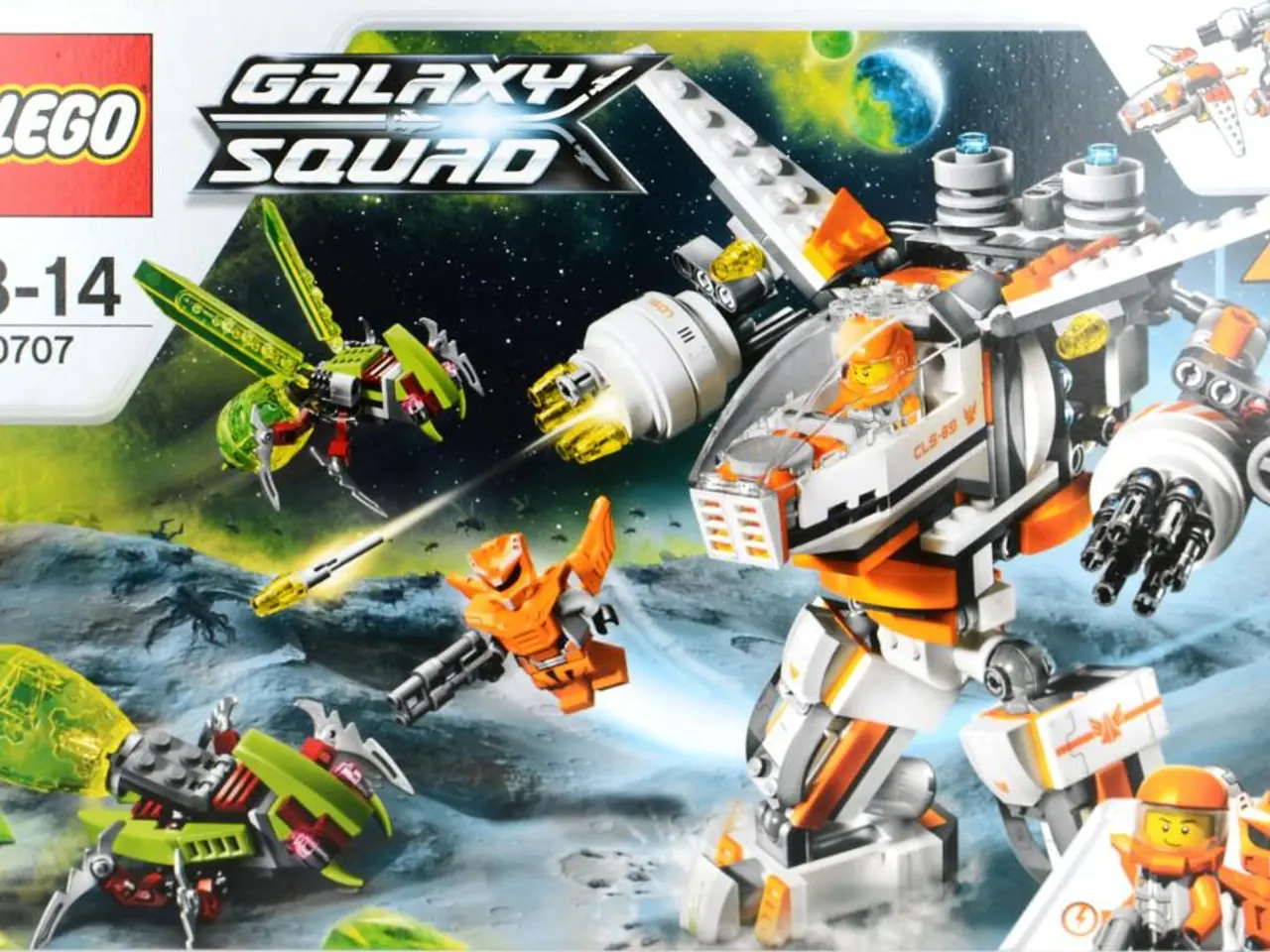"A Comprehensive Tutorial on UX Prototyping"
In the dynamic world of user experience (UX) design, mockups have become indispensable tools that help designers bring their ideas to life. These static visual designs offer a detailed look at the intended design aesthetic, filling the gap between the initial concept and the final product.
The journey towards creating a UX mockup begins with a wireframe, a basic structure and layout that provides the foundation for the design. Wireframes offer a low-level representation, depicting the arrangement and hierarchy of content in a simple and straightforward manner.
Mockups take this a step further, adding high-fidelity visuals to the wireframes. They contain distinct graphics elements such as color, typography, style guides, and the arrangement of actual content pages. Mockups are designed with usability in mind, featuring interface components like buttons, sliders, forms, and other tools used by users.
One of the key advantages of using mockups in UX design is improved collaboration. Platforms like MockFlow offer a cloud-based environment where team members can work together in real-time, enhancing teamwork and focus on end users.
When it comes to visual design, mockups allow UX designers to emphasize the final appearance of the graphical user interface designs. Tools like Balsamiq are popular for creating low-fidelity mockups, known for their quick learning curve and simplicity, while Axure RP is favoured for creating detailed mockups with strong capabilities for conditional logic and dynamic content.
Mockups are not just visual aids; they are also used to present ideas more clearly, receive feedback, and avoid mistakes before the design process starts. They serve as a valuable tool for stakeholder communication, user testing and feedback, design iteration, and development handoff, all while being cost-effective.
The use of newer technologies such as Augmented Reality (AR) or 3D modeling for designing mockups is expected to further improve their effectiveness and fidelity.
It's important to note the key differences between wireframes, mockups, and prototypes in UX/UI design. While wireframes focus on structure and functionality, mockups concentrate on visual design, and prototypes on interaction. Each plays a unique role at different stages in the UX/UI design process.
In conclusion, mockups are an essential part of the UX design process, improving the overall outcome by bridging the gap between the idea and the reality. Whether you're designing a fashion shopping app, a website, or a mobile application, mockups are a powerful tool that can help you create user-friendly, visually appealing, and functional designs.
[1] Source: https://www.nngroup.com/articles/what-are-wireframes/ [2] Source: https://www.uxbooth.com/articles/mockups-vs-prototypes/ [3] Source: https://www.uxdesign.cc/the-differences-between-wireframes-mockups-and-prototypes-30f5d2c81a9 [4] Source: https://www.smashingmagazine.com/2015/09/wireframing-guidelines-creating-effective-wireframes/
Technology plays a significant role in the creation of UX mockups, with platforms like MockFlow allowing team members to collaborate in real-time. Advanced technologies such as Augmented Reality (AR) and 3D modeling are also becoming increasingly popular for enhancing the effectiveness and fidelity of mockups.
When it comes to visual design tools, options like Balsamiq are favored for creating low-fidelity mockups, while Axure RP is preferred for detailed mockups with robust capabilities for conditional logic and dynamic content.




